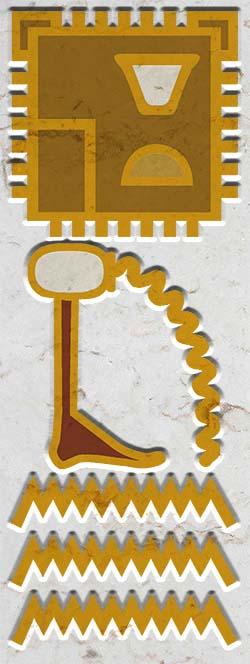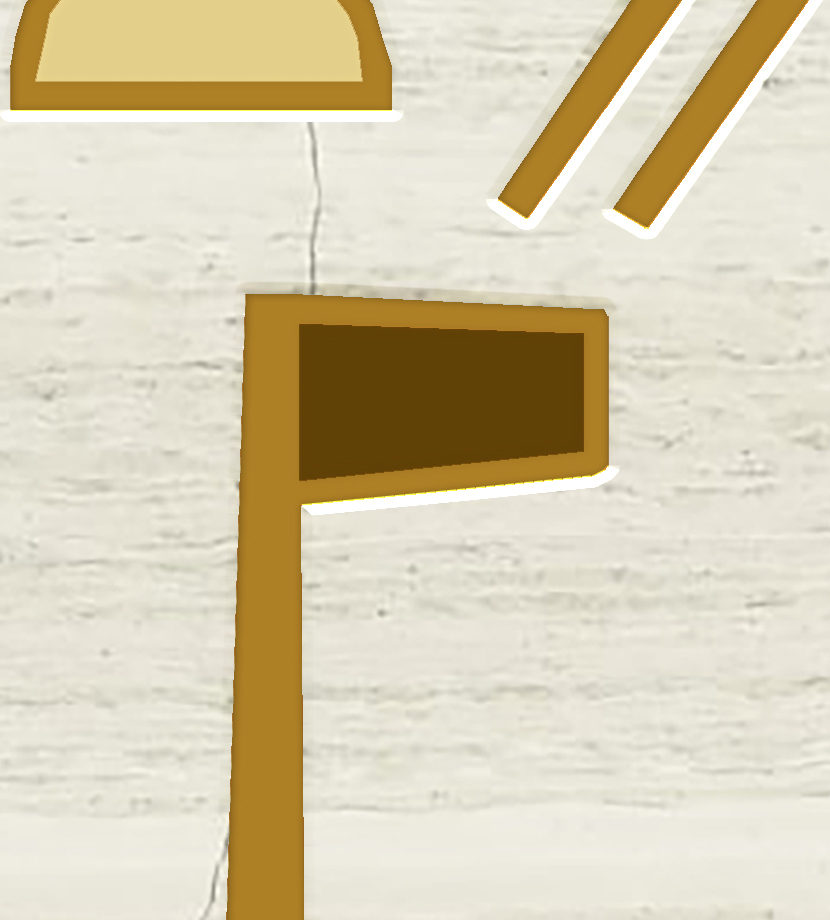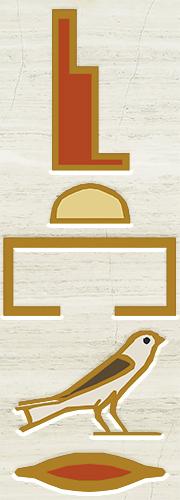Tag: Heru
-

Pure Hallway
This Corridor, which is pure and leads around all this, is within the wall, which is connected with the Pylon. It is 113 cubits long and 90 cubits wide, up to the small doors that are located in it on the right and left sides of the Pronaos. There are four doors in it. Details…
-

Hatap natya Natjrw bw – Place Where Gods Rest
The Place where gods rest is in front of the Sanctuary. Dwelling Place of the Gods and Birth House of the Strong Horus, are its names. It is 23 2/3 by 9 Cubits. The shrines of the gods, who’s beauty is praised, are kept here; the Divine Pasadjat Ennead of Masan Harpoon is depicted on…
-

sat war – Great Seat
The Great Seat in the midst of the chapels and surrounded by the corridor mentioned, measures 19 3/6 cubits by 10 1/3 cubits. The doors of the corridor are to its right and left, and give access to the surrounding chapels. The processional barqe of the Deity with the Dappled Plumage, His magnificent portable shrine…
